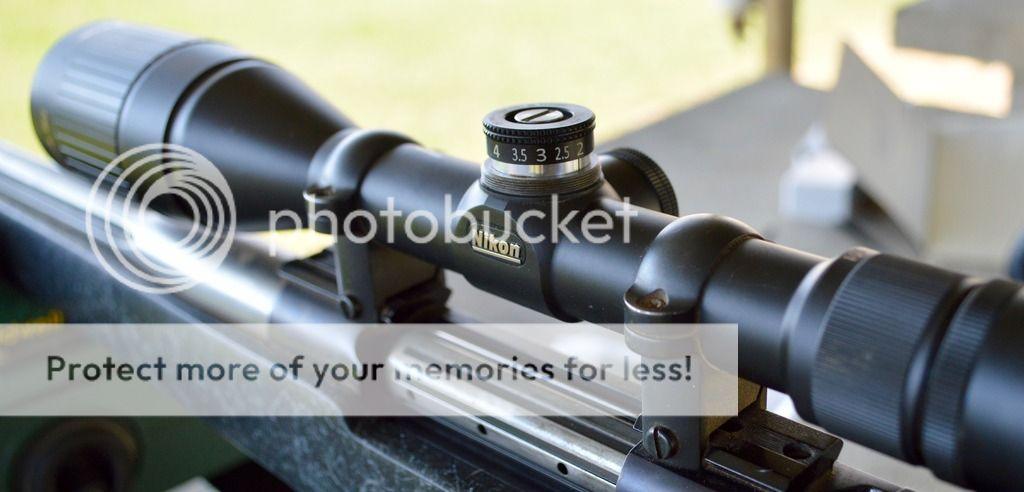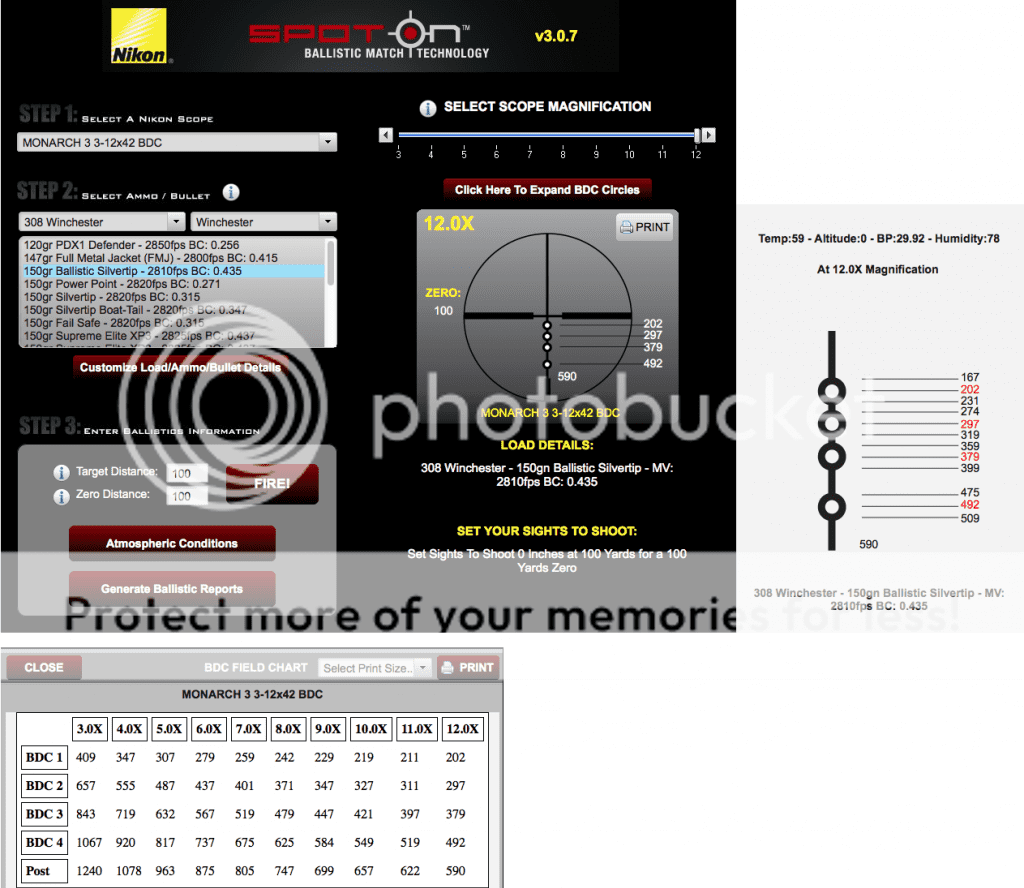edward hogan
Well-Known Member
How accurate? Close enough for Gov't Work might be the realistic answer, but... Just let's say you have static conditions (never varying) so your bullet flies the same path every shot. Very impractical, even to attain ammuntion made to exact same parameters. Primers and powder vary too much by lot. Uncle Sam can spec identical burn and pressure rates for his ammo, but realistically we can't. So there's that...
What really matters is your scope mount setup. Is your scope base mounted truly perpendicular on your receiver? Is your barrel perfectly shouldered to a perfect receiver shoulder? How do you know? If your setup is canted or off by a fraction at the muzzle, then what's the variance at distance? Not to mention, your zero is only capable of precision track at the exact impact distance. You bought the scope or dial system to be ON at whatever distances you select, right?
Lots of luck... Tons of luck more precisely... Or maybe you own a scope boresighting-collimator tool like the Bushnell 74-3333? Think your $200 Pic rail is good? Best Prove It... Think your scope rings are good, Prove It. You're proving this for yourself, so you have a starting point...
The whole dial and dump turret idea came from the Leupold Ultra with M3 turrets. These and the later Mk4 M3 scopes are very tough and capable, although no longer esteemed by tyros because they don't got "great glass". The military ain't concerned with putting their round through the left thread hole in the 2nd from top button... Most tyros are. A hit is the goal. Sure, you can extrapolate and project all your expectations on the scope, but scope can't do anything well if its mount is off perpendicular.
The Bushnell 74-3333 is the best gun tool I ever bought, back in `91. Helped me diagnose an off-center slotted expensive scope base. Helped me prove that the LaRue QD risers I was using on AR-10s was 20moa off-center at bore, while the integral Pic Rail on the Armalite rifles were about perfect. Also proved that Leupold QR mount systems were not "on", while cheap Weaver bases on same rifle receiver were. Testing between 3 or more receivers does establish the receiver tap job or integral bases were fully correct.
Not to bust the bubble, but once you've proven your mount setup, then it's time to move onto the scope. If the scope is precisely mounted and the turret moves reliably, comes down to matching your handload formula for ammunition, and maybe re-marking your turret with an ink pen or engraver.
What really matters is your scope mount setup. Is your scope base mounted truly perpendicular on your receiver? Is your barrel perfectly shouldered to a perfect receiver shoulder? How do you know? If your setup is canted or off by a fraction at the muzzle, then what's the variance at distance? Not to mention, your zero is only capable of precision track at the exact impact distance. You bought the scope or dial system to be ON at whatever distances you select, right?
Lots of luck... Tons of luck more precisely... Or maybe you own a scope boresighting-collimator tool like the Bushnell 74-3333? Think your $200 Pic rail is good? Best Prove It... Think your scope rings are good, Prove It. You're proving this for yourself, so you have a starting point...
The whole dial and dump turret idea came from the Leupold Ultra with M3 turrets. These and the later Mk4 M3 scopes are very tough and capable, although no longer esteemed by tyros because they don't got "great glass". The military ain't concerned with putting their round through the left thread hole in the 2nd from top button... Most tyros are. A hit is the goal. Sure, you can extrapolate and project all your expectations on the scope, but scope can't do anything well if its mount is off perpendicular.
The Bushnell 74-3333 is the best gun tool I ever bought, back in `91. Helped me diagnose an off-center slotted expensive scope base. Helped me prove that the LaRue QD risers I was using on AR-10s was 20moa off-center at bore, while the integral Pic Rail on the Armalite rifles were about perfect. Also proved that Leupold QR mount systems were not "on", while cheap Weaver bases on same rifle receiver were. Testing between 3 or more receivers does establish the receiver tap job or integral bases were fully correct.
Not to bust the bubble, but once you've proven your mount setup, then it's time to move onto the scope. If the scope is precisely mounted and the turret moves reliably, comes down to matching your handload formula for ammunition, and maybe re-marking your turret with an ink pen or engraver.




